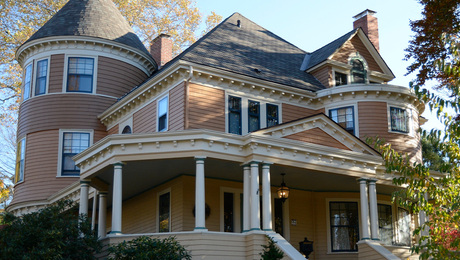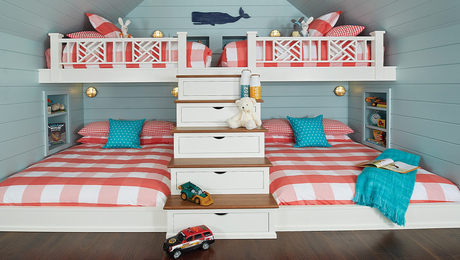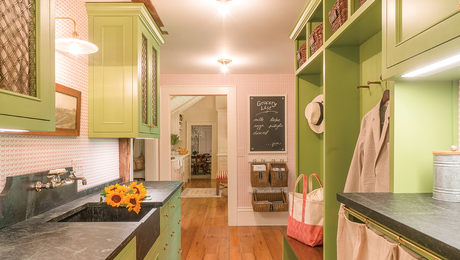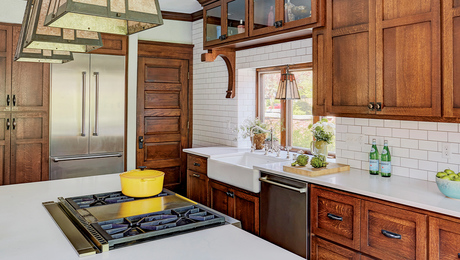Residential Steam Showers
Once limited to spas, steam showers at home are good for relaxing, easing a cold or impressing the neighbors.

Synopsis: A basic description of what’s required for a residential steam shower, including shower surfaces, special weatherstripping for the door, and the steam generator itself.
Adding steam to a shower isn’t pricey, at least in the context of building a home. A standard shower can be upgraded to a steam shower for about $2,000. Of course, this amount is a starting point, and there is no limit on what any shower could cost a dedicated spender.
Reactions to bathing in steam vary. Jennifer Black, a bath designer in Woodbury, Connecticut, urges her clients try a steam shower before installing one. She has learned that some people find being enveloped in steam too claustrophobic. These people can use their money on a vacation once their home is done.
Lane Meehan’s reaction to her steam shower is more typical. Lane, co-owner of Cape Cod Tileworks, finds steam showers relaxing and claims that her steam shower was the only sure means of easing her child’s croup. Glen Stewart, an Encinitas, California, furniture maker, typically uses his shower to clear his sinuses. And perhaps more creatively, he has used his shower to steam warped wood so that he could clamp it flat.
Steam-shower enclosures differ from regular ones
So you’ve taken a steam shower, and you liked it. Now what? Whether you’re building new or renovating, there are a few things you need to know. First and foremost is that shower-enclosure walls and ceilings must be covered entirely with a water-impervious material such as ceramic tile or stone. Painted drywall — even the water-resistant drywall often used above one-piece shower units — is not acceptable.
Another requirement for the shower enclosure is a door designed to keep in the steam. To keep in steam, the door must reach to the ceiling, and it must seal to its frame with the indoor equivalent of weatherstripping.
Manufacturers of acrylic or fiberglass steam-shower units supply doors of this type with the unit. If your shower is to have a custom door, the contractor has to know he’s supplying a door for a steam shower. In many cases, custom doors include an operable transom to allow moisture to escape when the shower is being used for everyday bathing.
Another important detail is to slope or curve the shower’s ceiling. This detail is important because steam condenses. If the shower ceiling is flat, condensed water rains down in a random, cold, unwelcome manner. Condensation on a sloped ceiling, however, follows the ceiling down to the wall instead of dripping on your skin.
For more photos and details, click the View PDF button below:

























